Home » News & Events » Global Wind Power Entering Accelerated Growth Phase
Global Wind Power Entering Accelerated Growth Phase
Currently, the wind power industry has entered a period of accelerated growth, however, there are still many challenges at the level of national policies as well as the macroeconomic environment.
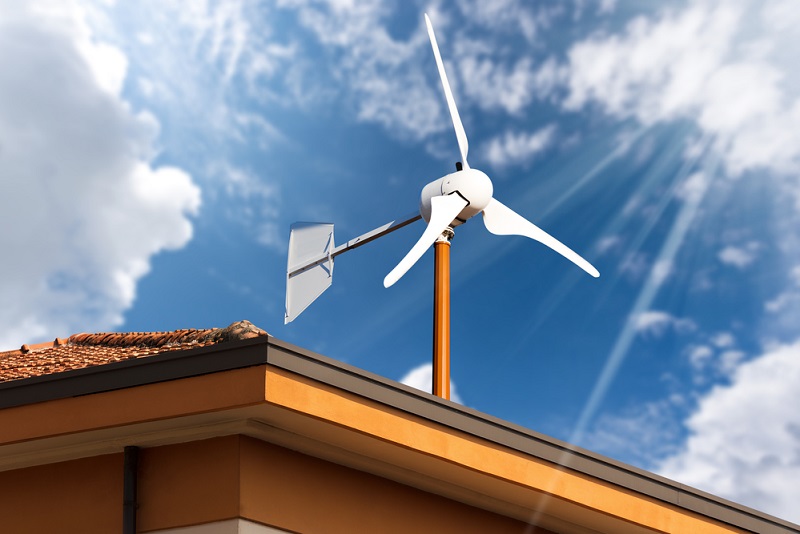
Recently, the Global Wind Energy Council (GWEC) released the "Global Wind Energy Report 2024" (hereinafter referred to as "the report") shows that in 2023, the global installed capacity of wind power reached 117 GW, the highest level in history. The agency believes that, at present, the wind power industry has entered a period of accelerated growth, however, there are still many challenges at the level of national policies as well as the macroeconomic environment, and in order to realise the vision of tripling the growth of renewable energy installed capacity by 2030, governments and the industry should not only make greater efforts to promote the development of the wind power industry but also establish a healthy and safe global wind power industry chain to promote the sustained growth of the wind power industry.
Installed Capacity Reaches Milestone
According to the report, 2023 was a year of sustained growth for the global wind power industry, with 54 countries adding new wind power installations across all continents. 117 GW of wind power were installed globally in 2023, a 50 per cent increase compared to 2022, and 1,021 GW were installed by the end of 2023, a year-on-year increase of 13 per cent, exceeding 1 terawatt for the first time. 13 per cent, surpassing the 1 terawatt milestone for the first time.
From a segmental perspective, last year, about 106 GW of new wind power installations were onshore wind power, which was the first time that onshore wind power installed capacity grew by more than 100 GW in a single year, a year-on-year increase of as much as 54 per cent. China is the world's highest growth rate of onshore wind power installed countries, last year added more than 69 GW of installed capacity of onshore wind power; the United States, Brazil, Germany and India onshore wind power installed growth rate ranked the world's second to the fifth, the five countries added onshore wind power installed capacity accounted for 82 per cent of the global total.
Global offshore wind power performance is also not bad, 2023 became the second highest growth rate of offshore wind power installed capacity in a year, the new installed capacity reached 10.8 GW, a year-on-year growth of 24%; as of the end of 2023, the global cumulative installed capacity of offshore wind power reached 75.2 GW. Among them, China's offshore wind power installed growth rate led the world, the new installed capacity of 6.3 GW, has been the highest growth of offshore wind power for six consecutive years.
From a regional point of view, the booming development of China's wind power market continues to pull the development of wind power in the Asia-Pacific region, the Asia-Pacific region's installed wind power growth rate leading the world. Over the same period, Latin America also experienced record growth in wind power installations in 2023, with onshore wind power additions up 21 per cent year-on-year. In addition, onshore wind power in Africa and the Middle East is also experiencing faster growth, with installed wind power increasing by 182 per cent in 2023.
Industry Still Needs to Increase Investment
The rapid development of wind power in emerging economies, while the growth rate of installed wind power in developed countries has slowed down. The Report shows that not all regions of the world's installed wind power show accelerated growth trend, 2023, Europe and North America wind power growth rate compared with 2022 on the decline.
More notably, there are also large differences in the rate of global wind power development. Ben Backwell, CEO of the Global Wind Energy Council, pointed out that "at present, the growth of installed wind power is highly concentrated in a few countries, such as China, the United States, Brazil and Germany, and the future needs to further improve the market framework in order to expand the scale of installed wind power."
According to Ben Backwell, while an increasing number of countries have set wind power development targets over the past few years, there are still some countries with sluggish or even stagnant growth in the industry, and for this reason, policymakers and investors need to play a greater role in ensuring balanced global access to clean power and sustainable economic growth opportunities.
For Mohamed Jameel Al Ramahi, Chief Executive Officer of Abu Dhabi Future Energy, expanding financing is a priority goal for the development of the wind industry, which will further support vulnerable installations, create economic opportunities and have a positive social impact.
Girish Tanti, Vice President of Indian renewable energy developer Suzlon, also said that emerging markets have great potential to develop clean energy, which is expected to bring greater demand for clean energy and economic growth momentum for the world, and can become a global low-cost technology and supply chain partners.
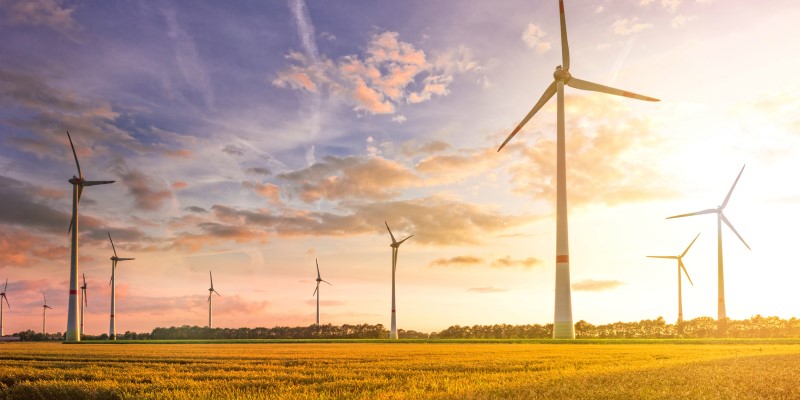
Industry Chain Cooperation Becomes the Key
The Report believes that, overall, the global wind power industry in more and more policy and financial support has entered a period of rapid growth, in the major economies to promote, emerging market potential is gradually released, as well as offshore wind power ready to go, the global wind power installed capacity is expected to achieve the next "terawatt milestone" in 2029, one year earlier than previously forecast. This is one year earlier than previously forecast.
However, in the industry's view, faster growth will be needed to achieve the stated climate goals, with Ben Backwell arguing that by 2030, the world should be adding more than 320 GW of new wind power per year, up from 117 GW at present.
The Report also points out that the global wind power industry is still facing many challenges, including the macroeconomic environment, the intensification of inflationary pressures in various countries, the fragility of the supply chain, etc. At the same time, the intensification of global social and economic instability, the continuation of geopolitical conflicts, and the growth of global investment in fossil fuels are also adversely affecting the development of the wind power industry.
In the face of real-life challenges, the Report puts forward a number of recommendations, on the one hand, calling on countries to adjust wind power-related development policies in a timely manner, to promote investment in power grids and accelerate infrastructure construction, while also paying more attention to emerging technologies such as artificial intelligence and encouraging technological innovation; on the other hand, it is recommended that governments should strengthen the global wind power supply chain co-operation. In the agency's view, unnecessary trade frictions in the wind power supply chain may threaten climate goals, energy security and fair transition goals, especially trade protectionism, restrictive trade policies and distorted competition may lead to a slowdown in the growth of the wind power industry, and more likely to push up the cost of wind power.

Recently, the Global Wind Energy Council (GWEC) released the "Global Wind Energy Report 2024" (hereinafter referred to as "the report") shows that in 2023, the global installed capacity of wind power reached 117 GW, the highest level in history. The agency believes that, at present, the wind power industry has entered a period of accelerated growth, however, there are still many challenges at the level of national policies as well as the macroeconomic environment, and in order to realise the vision of tripling the growth of renewable energy installed capacity by 2030, governments and the industry should not only make greater efforts to promote the development of the wind power industry but also establish a healthy and safe global wind power industry chain to promote the sustained growth of the wind power industry.
Installed Capacity Reaches Milestone
According to the report, 2023 was a year of sustained growth for the global wind power industry, with 54 countries adding new wind power installations across all continents. 117 GW of wind power were installed globally in 2023, a 50 per cent increase compared to 2022, and 1,021 GW were installed by the end of 2023, a year-on-year increase of 13 per cent, exceeding 1 terawatt for the first time. 13 per cent, surpassing the 1 terawatt milestone for the first time.
From a segmental perspective, last year, about 106 GW of new wind power installations were onshore wind power, which was the first time that onshore wind power installed capacity grew by more than 100 GW in a single year, a year-on-year increase of as much as 54 per cent. China is the world's highest growth rate of onshore wind power installed countries, last year added more than 69 GW of installed capacity of onshore wind power; the United States, Brazil, Germany and India onshore wind power installed growth rate ranked the world's second to the fifth, the five countries added onshore wind power installed capacity accounted for 82 per cent of the global total.
Global offshore wind power performance is also not bad, 2023 became the second highest growth rate of offshore wind power installed capacity in a year, the new installed capacity reached 10.8 GW, a year-on-year growth of 24%; as of the end of 2023, the global cumulative installed capacity of offshore wind power reached 75.2 GW. Among them, China's offshore wind power installed growth rate led the world, the new installed capacity of 6.3 GW, has been the highest growth of offshore wind power for six consecutive years.
From a regional point of view, the booming development of China's wind power market continues to pull the development of wind power in the Asia-Pacific region, the Asia-Pacific region's installed wind power growth rate leading the world. Over the same period, Latin America also experienced record growth in wind power installations in 2023, with onshore wind power additions up 21 per cent year-on-year. In addition, onshore wind power in Africa and the Middle East is also experiencing faster growth, with installed wind power increasing by 182 per cent in 2023.
Industry Still Needs to Increase Investment
The rapid development of wind power in emerging economies, while the growth rate of installed wind power in developed countries has slowed down. The Report shows that not all regions of the world's installed wind power show accelerated growth trend, 2023, Europe and North America wind power growth rate compared with 2022 on the decline.
More notably, there are also large differences in the rate of global wind power development. Ben Backwell, CEO of the Global Wind Energy Council, pointed out that "at present, the growth of installed wind power is highly concentrated in a few countries, such as China, the United States, Brazil and Germany, and the future needs to further improve the market framework in order to expand the scale of installed wind power."
According to Ben Backwell, while an increasing number of countries have set wind power development targets over the past few years, there are still some countries with sluggish or even stagnant growth in the industry, and for this reason, policymakers and investors need to play a greater role in ensuring balanced global access to clean power and sustainable economic growth opportunities.
For Mohamed Jameel Al Ramahi, Chief Executive Officer of Abu Dhabi Future Energy, expanding financing is a priority goal for the development of the wind industry, which will further support vulnerable installations, create economic opportunities and have a positive social impact.
Girish Tanti, Vice President of Indian renewable energy developer Suzlon, also said that emerging markets have great potential to develop clean energy, which is expected to bring greater demand for clean energy and economic growth momentum for the world, and can become a global low-cost technology and supply chain partners.

Industry Chain Cooperation Becomes the Key
The Report believes that, overall, the global wind power industry in more and more policy and financial support has entered a period of rapid growth, in the major economies to promote, emerging market potential is gradually released, as well as offshore wind power ready to go, the global wind power installed capacity is expected to achieve the next "terawatt milestone" in 2029, one year earlier than previously forecast. This is one year earlier than previously forecast.
However, in the industry's view, faster growth will be needed to achieve the stated climate goals, with Ben Backwell arguing that by 2030, the world should be adding more than 320 GW of new wind power per year, up from 117 GW at present.
The Report also points out that the global wind power industry is still facing many challenges, including the macroeconomic environment, the intensification of inflationary pressures in various countries, the fragility of the supply chain, etc. At the same time, the intensification of global social and economic instability, the continuation of geopolitical conflicts, and the growth of global investment in fossil fuels are also adversely affecting the development of the wind power industry.
In the face of real-life challenges, the Report puts forward a number of recommendations, on the one hand, calling on countries to adjust wind power-related development policies in a timely manner, to promote investment in power grids and accelerate infrastructure construction, while also paying more attention to emerging technologies such as artificial intelligence and encouraging technological innovation; on the other hand, it is recommended that governments should strengthen the global wind power supply chain co-operation. In the agency's view, unnecessary trade frictions in the wind power supply chain may threaten climate goals, energy security and fair transition goals, especially trade protectionism, restrictive trade policies and distorted competition may lead to a slowdown in the growth of the wind power industry, and more likely to push up the cost of wind power.
Post a Comment:
You may also like:

Featured Articles
Economic Impacts of Wind Industry
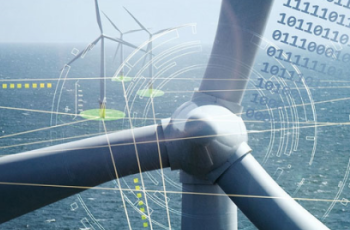 Any business development will have economic impacts on the local and regional economies, and wind energy projects are no ...
Any business development will have economic impacts on the local and regional economies, and wind energy projects are no ...
 Any business development will have economic impacts on the local and regional economies, and wind energy projects are no ...
Any business development will have economic impacts on the local and regional economies, and wind energy projects are no ...Environmental Impacts of Wind Industry
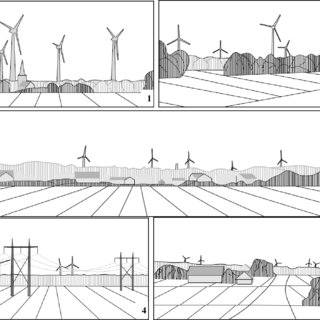 In recent years, the growth of capacity to generate electricity from wind energy has been extremely rapid, To the ...
In recent years, the growth of capacity to generate electricity from wind energy has been extremely rapid, To the ...
 In recent years, the growth of capacity to generate electricity from wind energy has been extremely rapid, To the ...
In recent years, the growth of capacity to generate electricity from wind energy has been extremely rapid, To the ...Challenges in Wind Industry
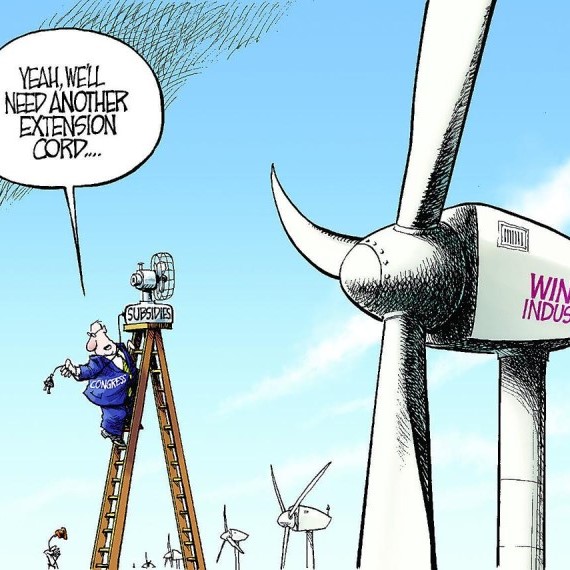 While wind power generation offers numerous benefits and advantages over conventional power generation, there are also some ...
While wind power generation offers numerous benefits and advantages over conventional power generation, there are also some ...
 While wind power generation offers numerous benefits and advantages over conventional power generation, there are also some ...
While wind power generation offers numerous benefits and advantages over conventional power generation, there are also some ...Employment Impacts of Wind Industry
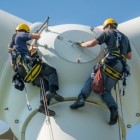 As with most construction and commercial development, wind energy industry create jobs. According to the 2016 Clean Jobs New ...
As with most construction and commercial development, wind energy industry create jobs. According to the 2016 Clean Jobs New ...
 As with most construction and commercial development, wind energy industry create jobs. According to the 2016 Clean Jobs New ...
As with most construction and commercial development, wind energy industry create jobs. According to the 2016 Clean Jobs New ...Wind Energy Cost Trends
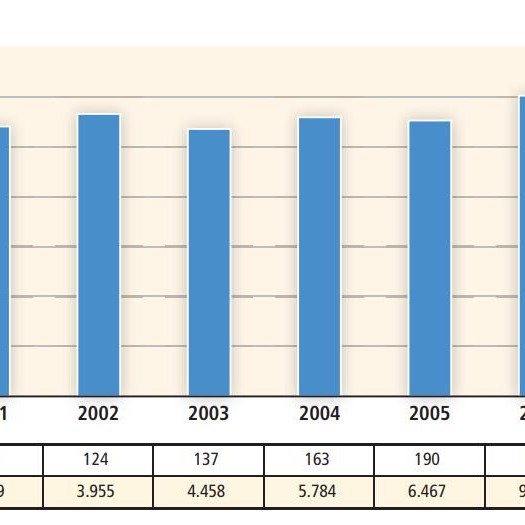 Though the cost of wind energy has declined significantly since the 1980s, policy measures are currently required to ensure ...
Though the cost of wind energy has declined significantly since the 1980s, policy measures are currently required to ensure ...
 Though the cost of wind energy has declined significantly since the 1980s, policy measures are currently required to ensure ...
Though the cost of wind energy has declined significantly since the 1980s, policy measures are currently required to ensure ...